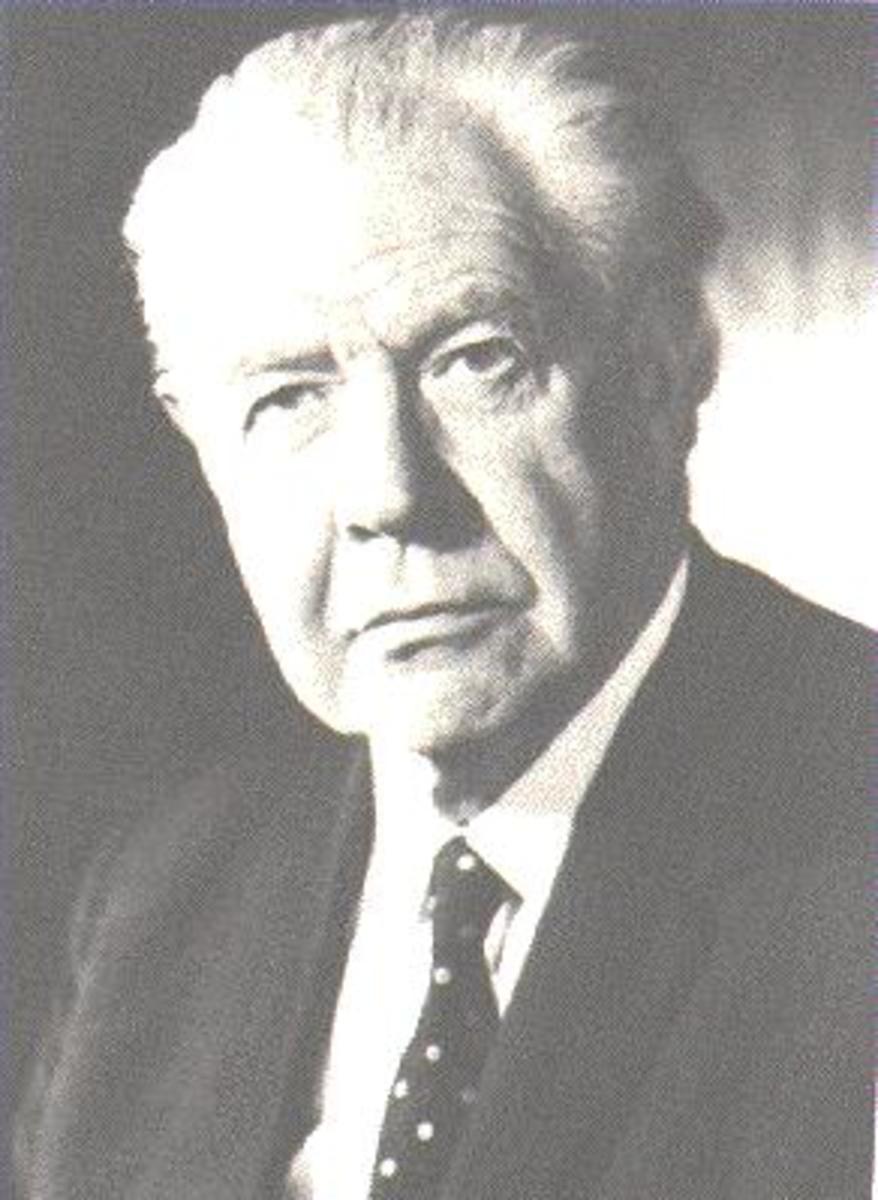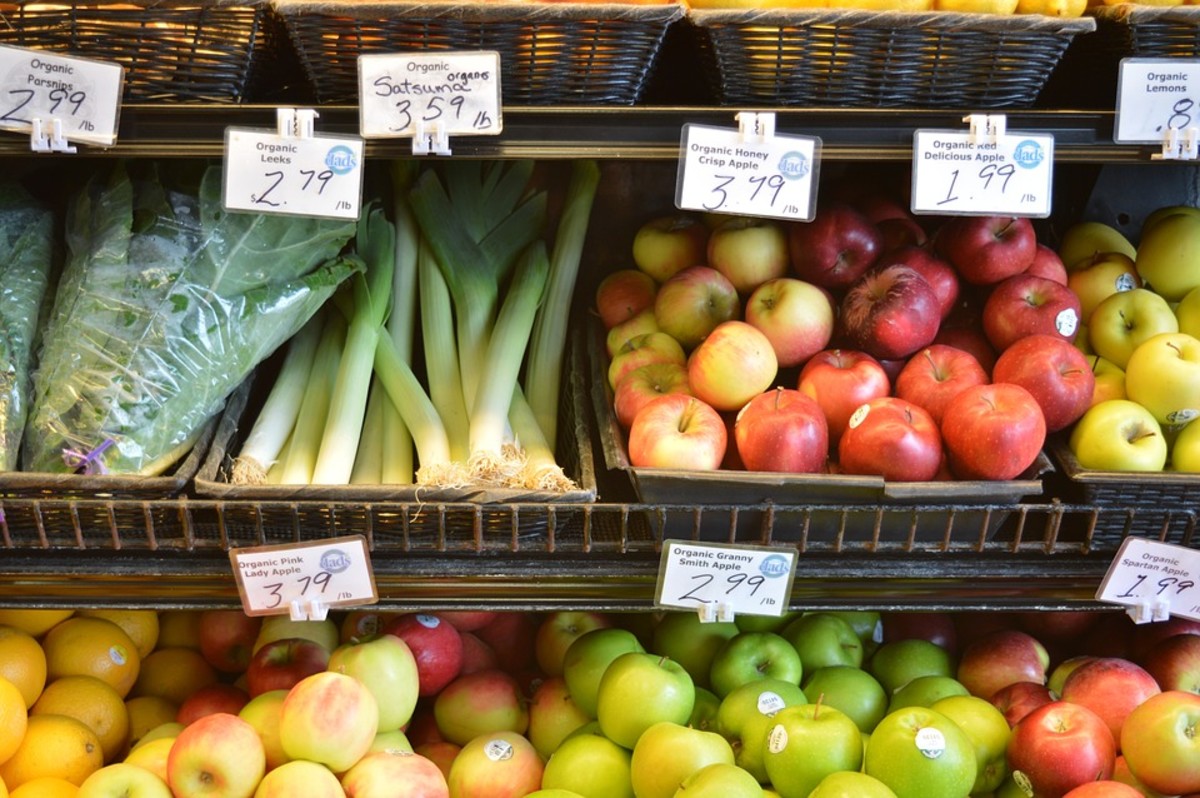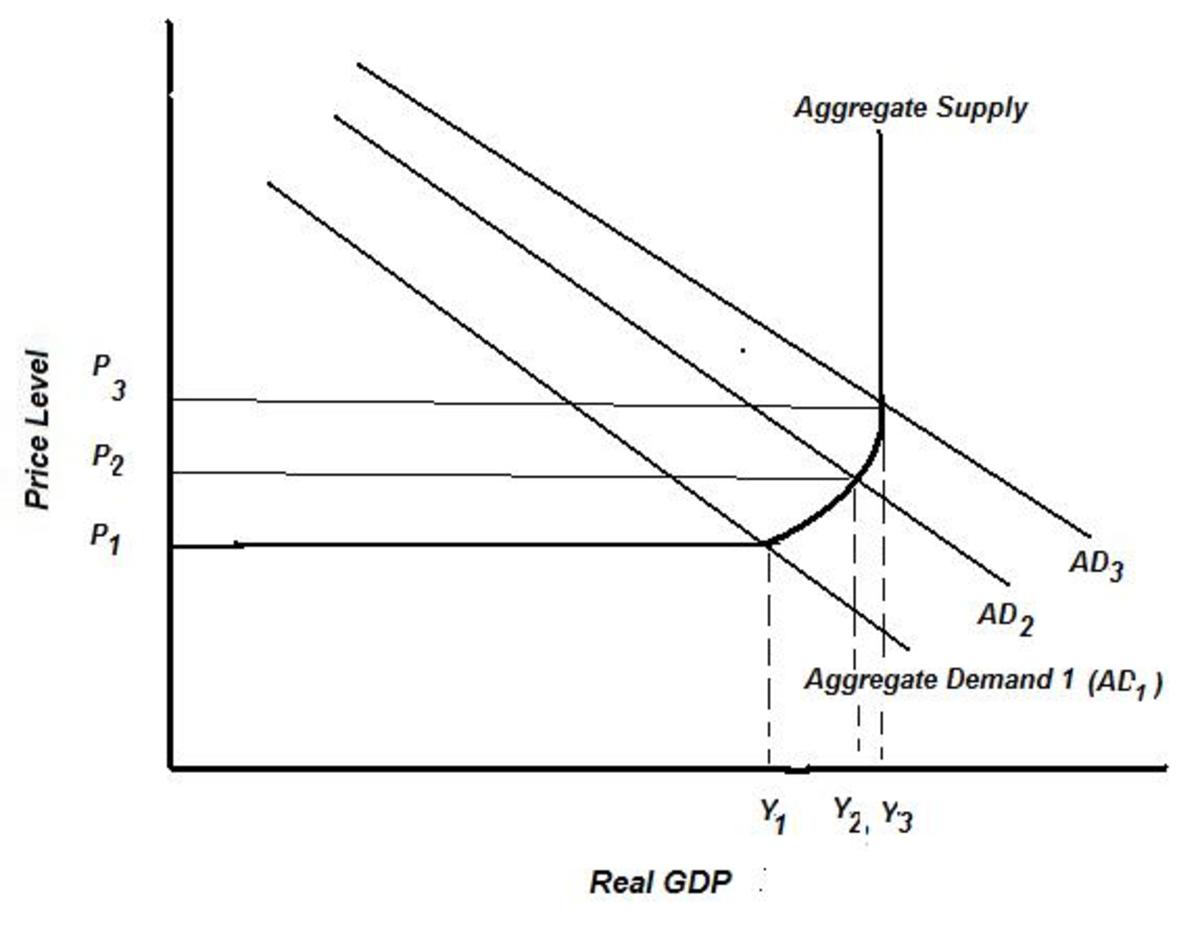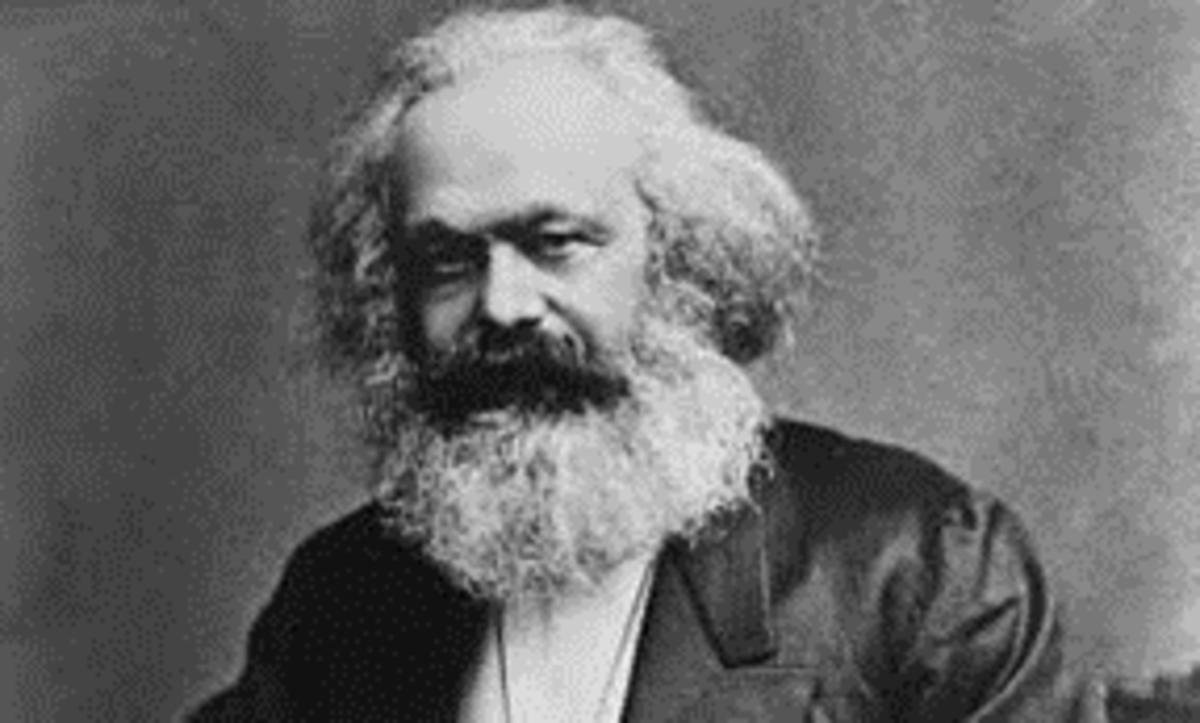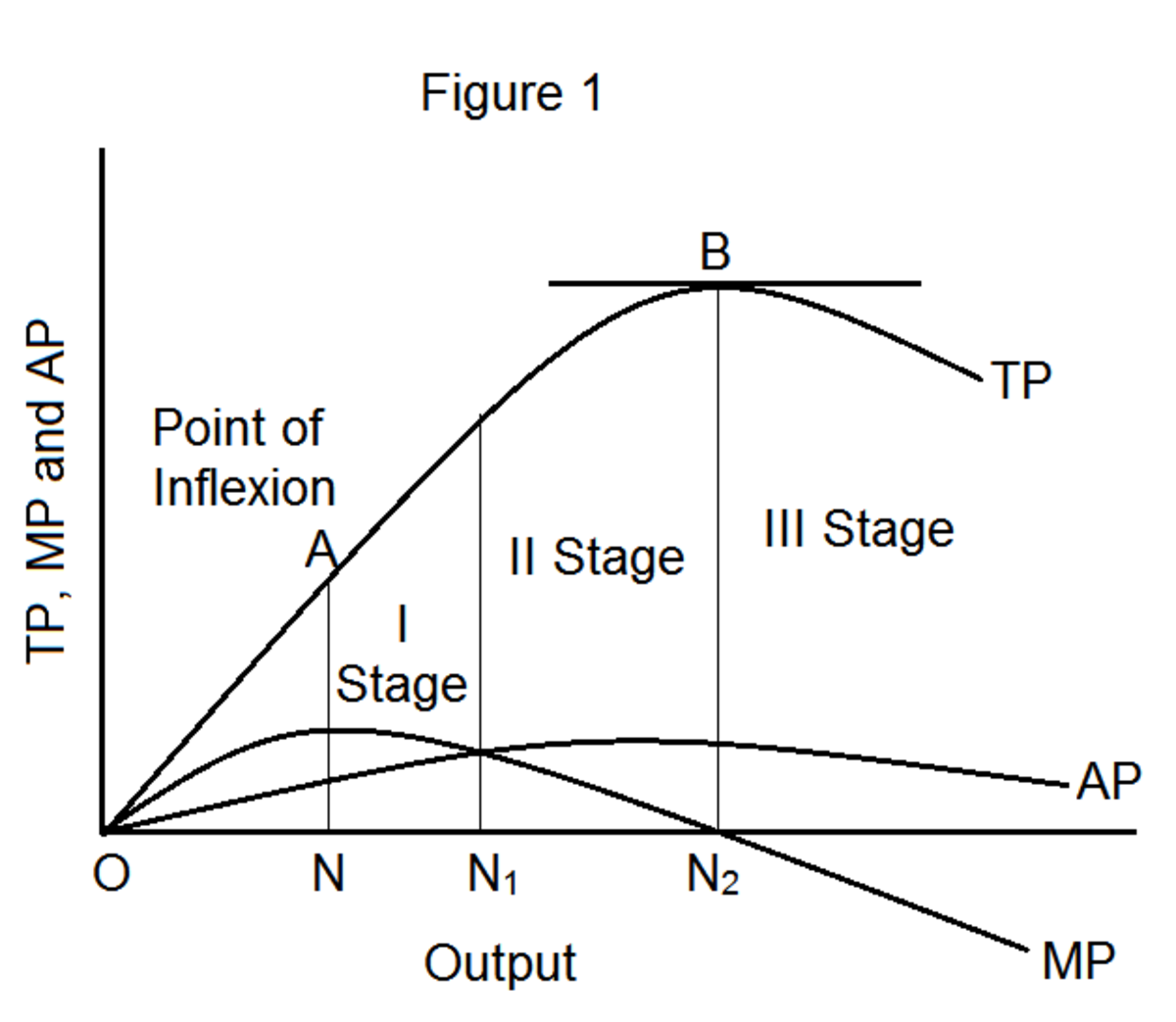The Basic Economic Problem
'Economics is everywhere, and understanding economics can help you make better decisions and lead a happier life.'
— Tyler CowenThe Theory of the Basic Economic Problem
The world’s resources are finite; therefore resources are scarce. 'Nothing in life is free' said my mother to me when I was younger and this proves to be true, even offers promising free this and free that are more often than not riddled by underlying conditions meaning that they in fact are not free despite claiming to be. In economic terms resources such as land, oil, clothes and food are not unlimited and thus are deemed scarce.
Economic agents can only own a limited amount of resources at any one particular time. For example an economic agent may refer to a household. If they earn say a salary of $100,000 annually, spend $25,000 on the household mortgage, $10,000 on their cars and after further compulsory expenditure they are left with $5,000 to spend as they please, they can only buy $5,000 of stuff and not more, thus they can only possess a specific amount of resources at one particular time. This is because money is not infinite and is thus scarce.
Resources which are scarce are economic goods; and those that are not are referred to as free goods. Free goods such as air and water are infinite and thus free. They are not of interest to economics which looks at the optimization of distribution of resources.
As the population of the planet expands, the number of free goods declines. Free goods are becoming scarce due to a rising population. For example land would have formerly been a free good but is no longer a reality.
People have a limited number of needs in order to survive, both material and emotional. In order to survive humans need physical things such as food, shelter and heat; but also humans require psychological things such as self-esteem and love. Without these things, humanity would not survive and progress to the next generation.
People will always strive for a better quality of living; thus there wants are unlimited. Despite there just being perhaps a dozen actual needs integral to a person's survival they will always strive for more, as is human nature. 'For humans enough is never enough' - Over the Hedge (a film where animals steal junk food from human homes for hibernation due to vast local deforestation, but also looks at the psychology of humans and their inescapable nature). Even the wealthiest of people would want to earn even more money or away from material gain may desire more friends or a loving relationship..
Resources are scarce and wants are infinite. This creates the basic economic problem. The contrast of scarce resources and infinite wants cause the basic economic problem.
The basic economic problem forces economic agents to make choices, to allocate there limited resources between competing uses. Economics is the study of resource allocation by economic agents as they attempt to best solve their respective economic problem.
Every choice involves a range of alternatives. Naturally if a person has £1,000 to invest he or she has a plethora of choices, places and methods in order to do this.
Choices can be ordered by benefit derived from each alternative. A rational economic agent will choose the most beneficial alternative. Using the example from above, if the person is presented with 5 savings accounts at 3%, 2.8%, 2.5%, 2.3% and 2% annual interest rate respectively, they can be ordered in descending order as it is most beneficial to receive 3% interest than 2.8% or 2.5% etc.
The benefit that would have otherwise come from the other alternatives is the opportunity cost of the decision. By making a choice, the economic agent is foregoing the benefit of the other choices, this loss of potential benefit is regarded by economists as the opportunity cost of the decision. If a company has the potential to produce 40 goods of A and 30 goods of B, but to produce 50 goods of A it can only produce 25 goods of B, the opportunity cost of 10 more of A is 5 of B.
Free goods have no opportunity cost. This is because no resources are sacrificed to consume free goods and thus the opportunity cost is none. A man with $5 will still retain his $5 after breathing in air for example.
Production Possibility Frontiers
A production possibility frontier is a graph that shows different combinations of goods an economy can produce, only if all resources are utilized fully and efficiently. This therefore means if unemployed workers or idle factories are existing within the economy, the economy cannot be reaching its production possibility frontier and thus on the graph it will fall within the enclosed area of the curve.
The economy cannot be at any point outside its existing production possibility frontier as it shows the maximum potential production levels, so it would be impossible to exceed that point, since efficiency cannot be at more than one hundred percent.
Economic growth sees the area within the graph boundary grow as the production possibility frontier expands outwards. Economic growth can occur when the quantity of available resources increase (this can happen through an increase in the labor force, i.e. number of workers grows; or there is greater space for production to happen, this can be due to new factories or offices for example) and/or there is an increase in the resources’ quality (this can happen by technological progression seeing production processes improve efficiency by producing the same amount of manufactures without using any further resources. Secondly this can occur when education given to the workers is increased to make them more productive).
Production possibility frontiers are curved to represent how not all resources in the economy are comparatively as productive as each other.
Production Possibility Frontier #1
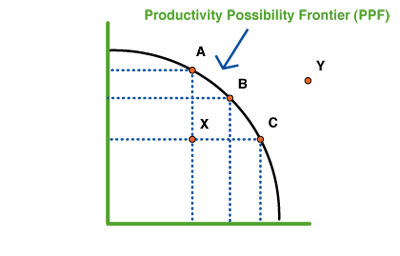
In the graph above the line ABC is the Production Possibility Frontier; this is the line that represents the maximum productivity if all resources are utilized at maximum efficiency. The horizontal axis represents product M and the vertical axis represents product N. Each of A, B and C show different combinations of maximum production levels of X and Y.
Point Y on the graph cannot exist as it exceeds the production possibility frontier which denotes maximum production levels.
Point X on the graph, although representing opportunity cost (covered below) shows a potential place the manufacturers of M and N may be at, if there company does not manufacture at one hundred percent efficiency.
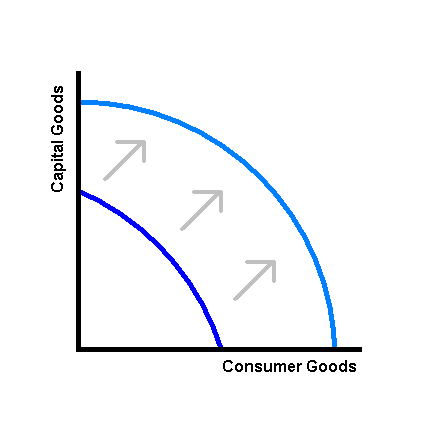
Production Possibility Frontier #2
The second graph shows a production possibility frontier looking at combinations of outputs of Consumer and Capital goods respectively. The graph shows the impact of economic growth on the production possibility frontier.
The arrows from the dark blue line to the newer light blue line represent economic growth as the production possibility frontier allows for more goods to be produced.
Production Possibility Frontier #3

The third and final production possibility frontier is useful to look at how opportunity cost is represented by a production possibility frontier. All the points ABCD represent when the economy is at maximum efficiency.
At point A the economy is producing 140 guns and 20 of butter and at point B the economy is producing 135 guns and 30 of butter. This shows the opportunity cost of increasing the number of guns produced by 5 is that of 10 butter (since this is lost when the graph moves from B to A).
Similarly, at point C the economy is producing 70 butter and 90 guns. At point D the economy is producing 80 butter and 40 guns. Therefore, the opportunity cost of increasing the amount of butter produced by 10 is that of 50 guns (since this is the foregone production when the graph moves from C to D).

